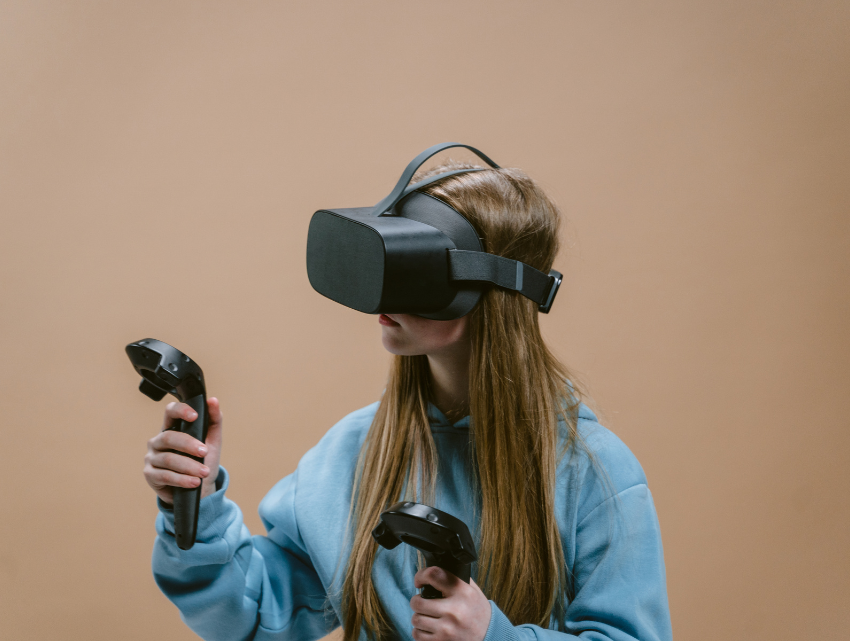Virtual reality (VR) is a rapidly growing technology that has the potential to revolutionize the way we treat eye disorders. VR can be used to create customized exercises that target specific areas of vision, making it a highly effective tool for vision therapy.
Vision therapy is a type of treatment that uses exercises and activities to improve vision. It is often used to treat eye disorders such as strabismus, amblyopia, and convergence insufficiency. VR can be used to provide patients with customized exercises that are tailored to their specific needs.
For example, a patient with strabismus may use VR to practice aligning their eyes. They may be presented with a virtual image of a target that they have to focus on, while their eyes are tracked by the VR headset. This helps them to learn how to align their eyes correctly.
A patient with amblyopia may use VR to practice using their weaker eye. They may be presented with a virtual image of a target that they have to focus on, while their weaker eye is covered. This helps them to train their weaker eye to see better.
VR can also be used to treat convergence insufficiency, which is a condition that causes difficulty focusing on close objects. Patients with convergence insufficiency may use VR to practice focusing on close objects while their eyes are tracking a moving target. This helps them to improve their ability to focus on close objects.
Benefits of VR for Vision Therapy:
There are several benefits to using VR for vision therapy. First, VR is highly engaging and motivating for patients. This makes it easier for patients to stick with their treatment plan and see results.
Second, VR can be used to create customized exercises that target specific areas of vision. This makes it a highly effective tool for treating a variety of eye disorders.
Third, VR can be used to track the patient’s progress over time. This allows the therapist to adjust the treatment plan as needed to ensure that the patient is making progress.
Conclusion:
Virtual reality is a promising new technology for vision therapy. It is highly engaging, motivating, and effective. VR has the potential to revolutionize the way we treat eye disorders, and it is sure to become an increasingly popular treatment option in the years to come.

